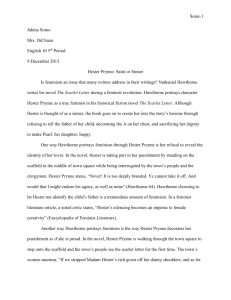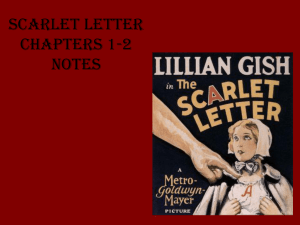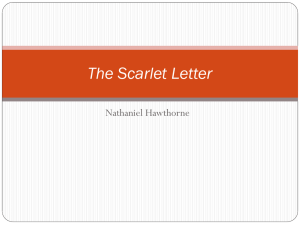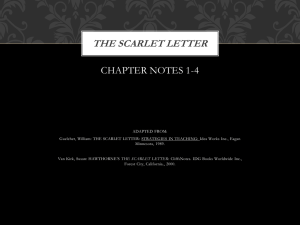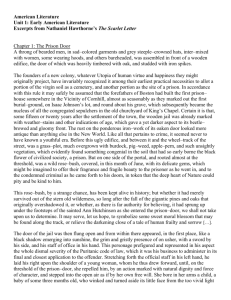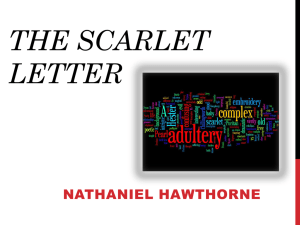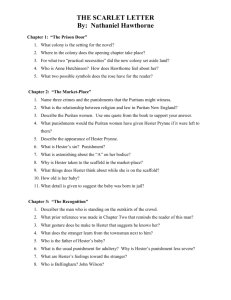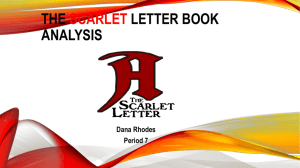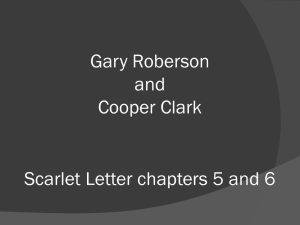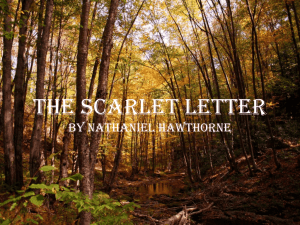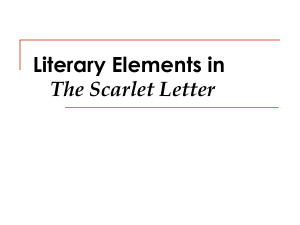The Scarlet Letter by Nathaniel Hawthorne
advertisement
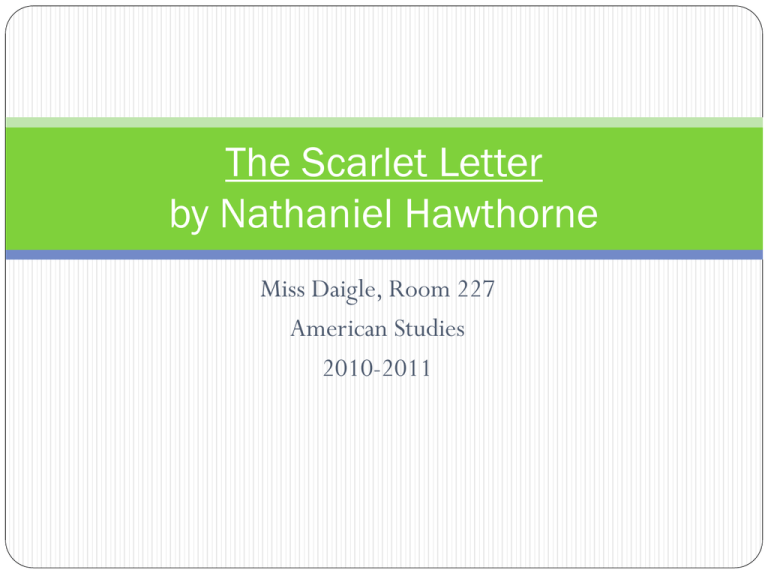
The Scarlet Letter by Nathaniel Hawthorne Miss Daigle, Room 227 American Studies 2010-2011 Purpose Students are to use this PowerPoint presentation as a supplemental source, in addition to their note taking, to cover the main ideas and analytical theories of Nathaniel Hawthorne’s The Scarlet Letter. This PowerPoint presentation is designed to summarize the text and identify stylistic techniques, including figurative language. Chapter 1 “The Prison Door” “The founders of a new colony, whatever Utopia of human virtue and happiness they might originally project, have invariably recognized it among their earliest practical necessities to allot a portion of the virgin soil as a cemetery, and another portion as the site of a prison” (49) Utopia is a reference to John Winthrop’s concepts of the ideal nation. Hawthorne uses the word “whatever” to indicate the flightiness of the original thoughts because he believes their concepts of virtue and happiness were distorted How to Read Literature Like a Professor tells you to pay attention to #s – this quote has a set of three to pay attention to: VIRGIN soil, CEMETERY, PRISON… indicates three crucial factors to the story… foreshadowing Chapter 1 “The Prison Door” Cnt. “…the wooden jail was already marked with weather-stains and other indications of age” (49). Imagery references the idea of a used, worn, traditional and stable structure yet somehow ineffective to the greater powers of the earth (weather) (50) “ponderous iron-work” = diction, Hawthorne brings the reader into the “wonderment” of this setting (50) imagery of old jail in a “New World” = juxtaposition “Like all that pertains to crime, it seemed never to have known a youthful era” – commentary on generational gaps & laws being antiquated Chapter 1 “The Prison Door” Cnt. Wild rose-bush, covered, in this month of June, with its delicate gems…Nature could pity and be kind to [inmates coming or going into the prison]” (50) Symbolism & sets the tone Idea of a cycle Role of nature as the ultimate decider (Transcendentalism) Anne Hutchinson reference = bold move, praises her progressive thought and her actions (standing up for what she believes in) Chapter 2 “The Market-Place” •“Amongst any other population, or at a later period in the history of New England, the grim rigidity that petrified the bearded physiognomies of these good people would have augured some awful business in hand” (51) •“nature” “judge” – power of the natural (transcendentalist thought) •Diction is incredible… petrified the bearded physiognomies – grave, old faces of judgment •“on the other hand, a penalty, which, in our days, would infer a degree of mocking infamy and ridicule, might then be invested with almost as stern a dignity as the punishment of death itself” (52) •Something we might laugh at today would be looked at as serious as death Chapter 2 “The Market-Place” •Early feminism •“women, several of whom were in the crowd, appeared to take a peculiar interest in whatever penal infliction might be expected to ensue” (52) •Directly connected to this situation b/c it dictates their place in society •“man-like Elizabeth” •Power in control typically go to men •“a man in the crowd” asks “is there no virtue in women, save what springs from a wholesome fear of the gallows?” - what are women made of??(54) •Morality •“a character of less force and solidity” (52) – morally weaker. Chapter 2 “The Market Place” Cnt. Generational gap “coarser fibre in those wives and maidens of old English birth and breeding than in their fair descendants…[every mother] transmitted to her child a fainter bloom, a more delicate and briefer beauty” What is beauty? Implying each generation of woman physically weaker, but morally… stronger?? “‘Goodwives,’ said a hard-featured dame of fifty…” paragraph demonstrates the older generation of “gossips” in demand of harsh punishment for the young “hussy” (53) “a young wife” speaks out softly, says guilt is internalized and not dictated by earthly punishments (53-54) Chapter 2 “The Market-Place” Cnt. Metaphors of the Child “because its existence, heretofore, had brought it acquainted only with the gray twilight of a dungeon, or other darksome apartment of the prison” – only knew darkness until brought into the light – enlighten – what will the world have in store for the bastard child? #s! Hester Prynne holds a child who is only 3 months old… think holy trinity, this idea will come again when we learn who the father is Puritan commentary “dismal severity of the Puritanic code of law” (54) Hester Prynne comes forward with “natural dignity and force of character…as if by her own free will” (54) – strength (&sin?) comes from her free will… is Hawthorne saying she’s not predestined? Chapter 2 “The Market-Place” Cnt. For adultery The problem with the scarlet a… it’s too fancy according to older generation… On-lookers noticed her beautiful features and the letter on her chest seemed to enhance her alluring nature Halo made of misfortune and ignominy – sweet irony! Chapter 2 “The Market-Place” Cnt. Page 58 – comparison to the Virgin Mary “sinless motherhood” “infant at her bosom” … artists tried to create this scene Infant redeems the world…?? Religious Comparison Chapter 3 “The Recognition” Important Characters: Hester Prynne, the sinner (adulterer), is a wife to an Englishman (Roger Chillingworth). She had an affair with an unnamed man and had a baby girl. She is now being publically punished for her sin and condemned to a life wearing the letter “A” over her heart. Roger Chillingworth comes to light in this chapter. He had been captured by Native Americans and just arrived. He conceals his identity and finds out Hester’s backstory at the market place. Intrapersonal Inner serenity & air of calmness Chapter 3 “The Recognition” Cnt. Characters – Continued Reverend Dimmesdale, a young minister, known for his “religious fervor” … wants Hester to reveal her fellow adulterer’s name. He says that she should not pity the man, but he is not forceful in his request. Governor Bellingham – will judge Hester and dictate her destiny (!!) Reverend Wilson, another judge of Hester Pearl – Hester’s daughter Chapter 3 “The Recognition” Cnt. This chapter is about making an example of Hester Prynne’s acts. The goal of the judges is to publically humiliate her, but Hester stands strong and wise. Public sermon focuses on the horrific effects of sin, and Reverend Wilson frequently refers to the “A” on Hester’s chest. The “A” is no longer beautiful in this chapter, but seems to resonate with hellish colors… Chapter 3 “The Recognition” Cnt. Both Bellingham and Wilson are self-appointed individuals who use symbols, social status, and fear to promote their importance. Books, religious texts and items Sermon that puts Hester down and raises them up Note interesting points: When Reverend Dimmesdale speaks of Hester’s silence: “Wondrous strength and generosity of a woman’s heart! She will not speak!” (71) – what oddity do you notice?
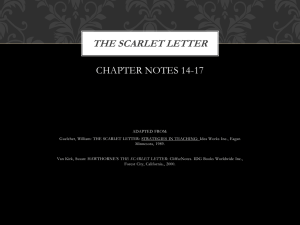
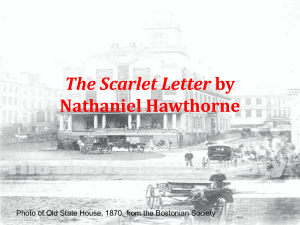
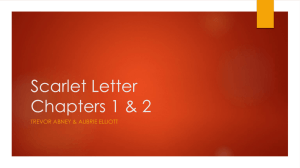
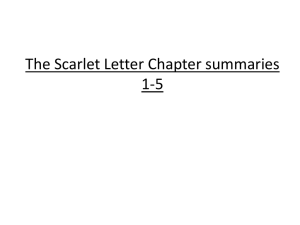
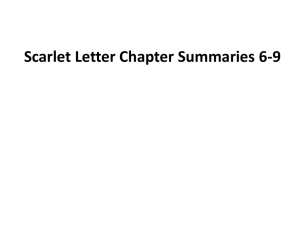
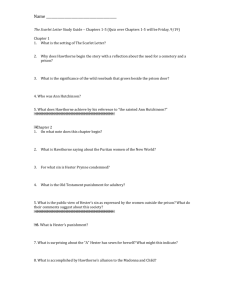
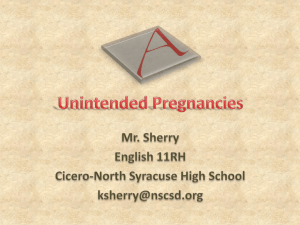
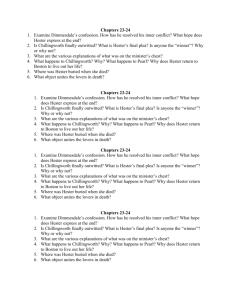
![Scarlet Letter[1]](http://s2.studylib.net/store/data/005409708_1-3646d9c34140ccf13fe9da17d2884083-300x300.png)
